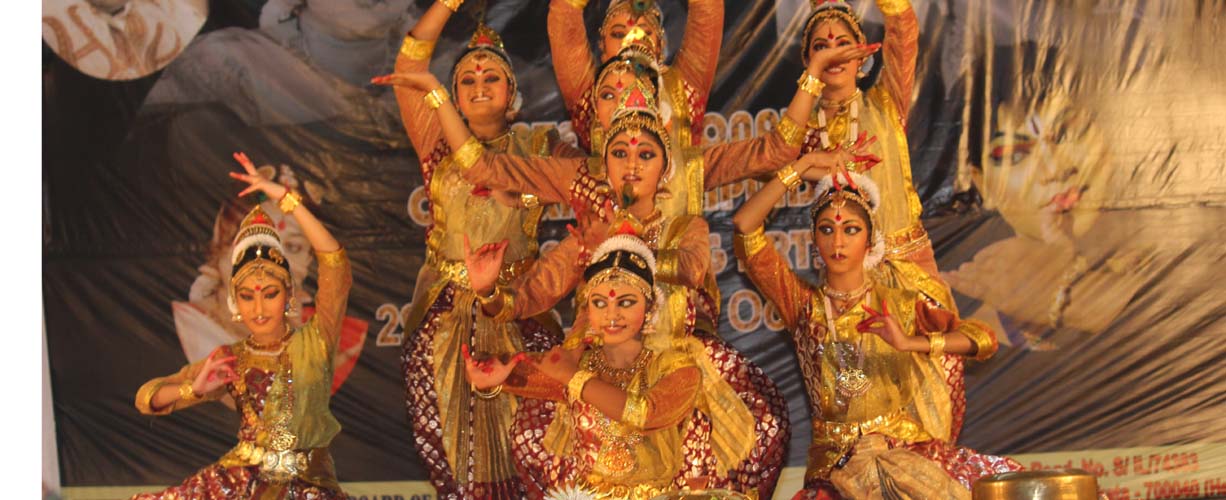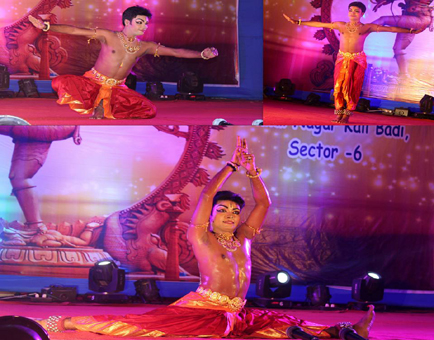
Bharatanatyam Dance
Natya or Dance is one of the main branch of Fine Arts. Bharatanatyam is also one of the most popular dance form and it is a way of worshipping the lord. It can be considered as a combination of mythological, historical, cultural and sociological heritage and traditionally passed on to posterity. Dance in any form gives lot of happiness to the performer as well as the audience who enjoy it with involvement. It is accepted universally as a major performing art form which has music , rhythm, expressions and emotions.
“ Natya Sastra “ was written by the sage Bharatha Muni about 2000 years ago. Bharatanatyam incorporates most of the rules specified in the Natya Sastra.
Hence the name “Bharatanatyam”. It is one of the oldest form of dance and it is proven that it has therapeutically lots of benefits to the human body. Each movement in Bharat natyam is well defined and gives benefits to the system.
Bharatanatyam has an important place in our Indian culture.
The Natya Sastra explains various aspects of theatrical arts, dance, drama and music. Bharatanatyam equally involves dance and music. Over the period of time Bharatanatyam has evolved and has taken various interesting improvisations and creative additions to it by many eminent artists, who have contributed their life time for this wonderful art.
The main three aspects of Bharatanatyam are: Nritta, Nritya and Natya.
Nritta is rhythmical. Natya is the dramatic art, and is a language of gestures, poses and mime. Nritya is a combination of Nritta and Natya
The term Bharatanatyam is codified by taking the initial syllables of Bhava (Expressions), Raga (Music) and Tala (Rhythm).




